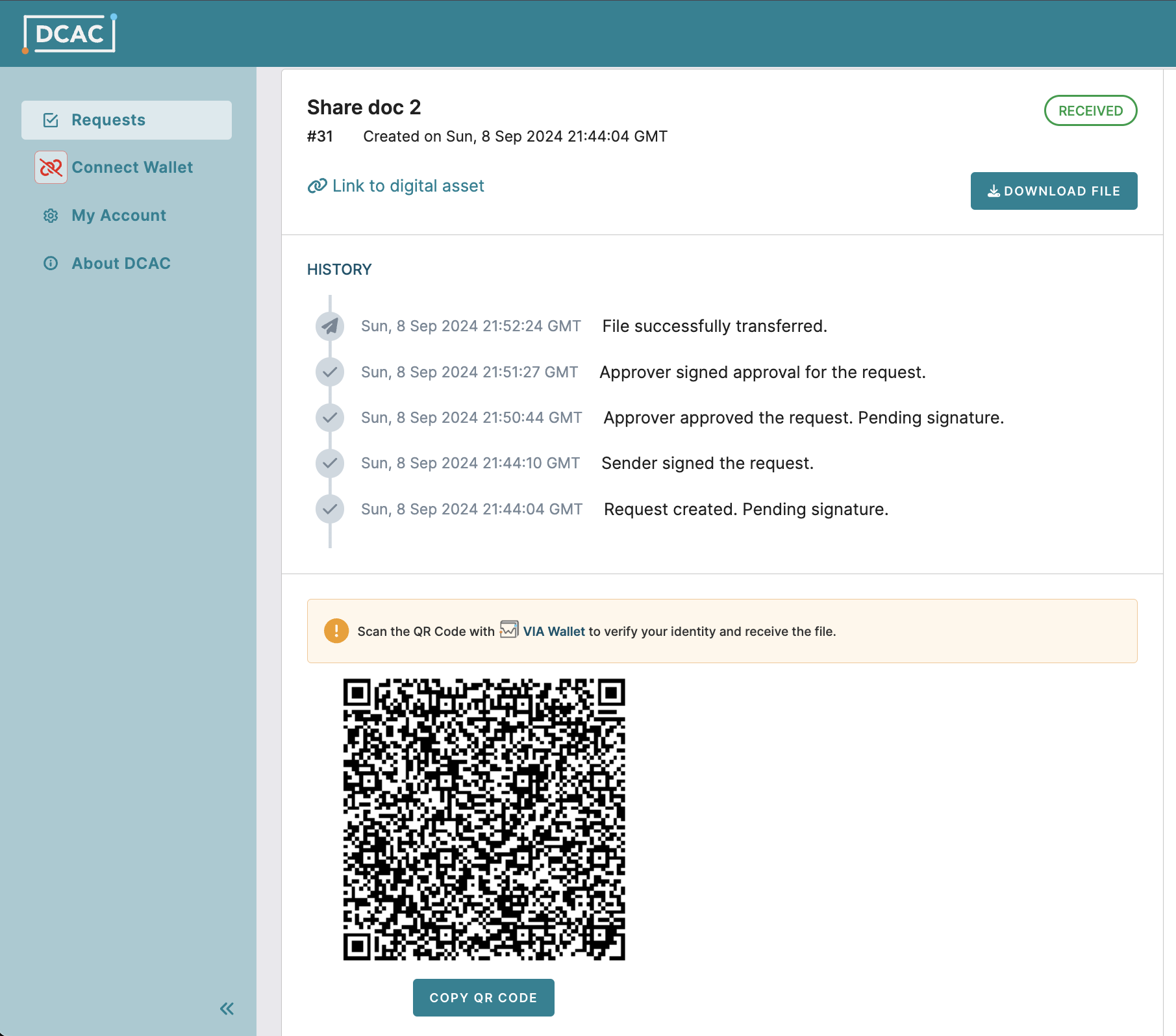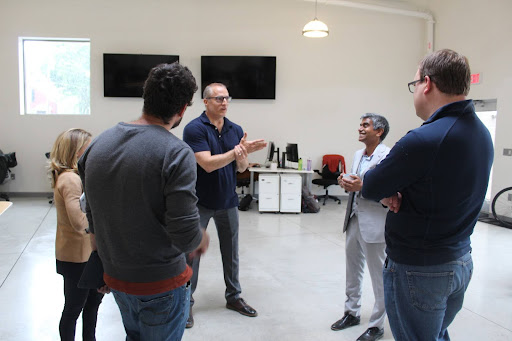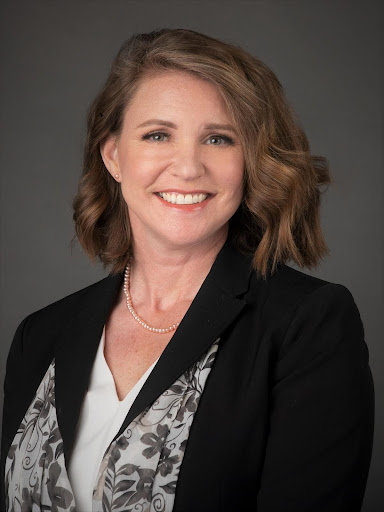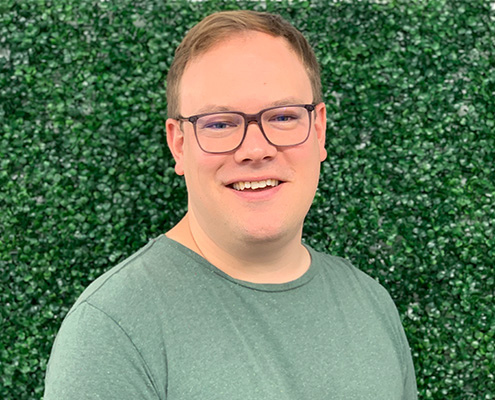The Next Generation Internet: Data-Centric Access Control
Manipulation, theft, misuse. These kinds of cyberattacks on data significantly impact both decision making and physical capabilities. Maliciously manipulated data examples include altering software and firmware updates, imagery and navigational data, and additive manufacturing (3D printing) files for replacement parts.
The National Security Agency (NSA), among other major entities, has been advocating for cybersecurity measures to augment traditional, network-centric security:
 “The increasing complexity of current and emerging cloud, multi-cloud, and hybrid network environments combined with the rapidly escalating and evolving nature of adversary threats has exposed the lack of effectiveness of traditional network cybersecurity defenses. Traditional perimeter-based network defenses with multiple layers of disjointed security technologies have proven themselves to be unable to meet the cybersecurity needs due to the current threat environment.”1
“The increasing complexity of current and emerging cloud, multi-cloud, and hybrid network environments combined with the rapidly escalating and evolving nature of adversary threats has exposed the lack of effectiveness of traditional network cybersecurity defenses. Traditional perimeter-based network defenses with multiple layers of disjointed security technologies have proven themselves to be unable to meet the cybersecurity needs due to the current threat environment.”1The “internet” is literally about getting data from one network to another “inter” = between, “net” = network. We believe that to address the security issues highlighted by the NSA, the next generation of getting data between users on different networks will be through data-centric security.
What does data-centric security look like? Luckily, VIA is already delivering solutions to this.
VIA’s “Data-Centric Access Control” (DCAC) combines decentralized keys from our existing enterprise wallet, fingerprinting, and manipulation detection using VIAsecurechain.
In short, VIA’s solution has multiple layers of increased protection.
Sender and recipient authorization and identity is re-confirmed at the time of data transmission using digitally signed verifiable credentials and verifiable presentations.
Authorization is required before writing data to the recipient’s storage using a verification proxy.
Cryptographic hashes of received data are compared to the hashes of data sent.
All sending / receiving data-related transactions are stored in an immutable and auditable blockchain.
Verification, workflow, credential refresh, triggers and alerts are configurable through software.
VIA’s DCAC solution is hosted entirely on customer premises and / or a customer’s Virtual Private Cloud on both AWS, and Azure.
Does this sound like something your enterprise needs? Drop us a note at info@solvewithvia.com – we’re here to support you.






